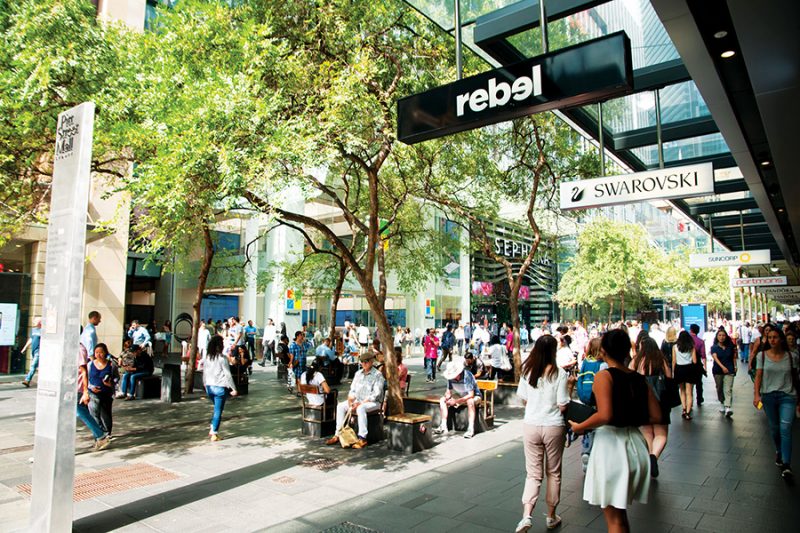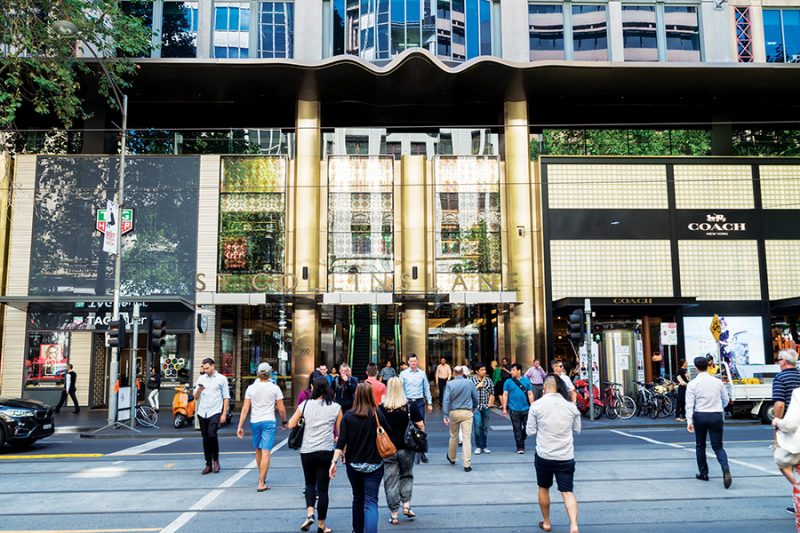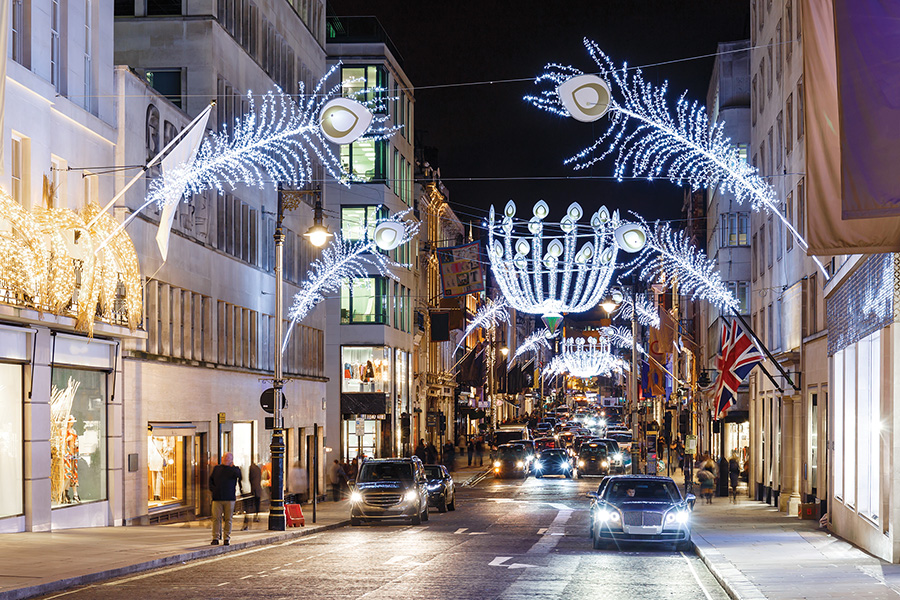Increasingly, design of our shopping centres moves away from the ‘box’ and replicates the shopping strips of the past. ‘Main Street architecture’ has much to teach us about vibrancy, human scale and place making.
Many planners see the configuration of building frontages as the key to successful main streets. Design controls are in place in many activity centres that determine the extent of glazing and the requirement for nil setbacks to street frontages. While it is commonly understood that active building edges along streets contribute to safety, conviviality and comfort in the public realm, these strict controls in themselves do not ensure activation and vitality. So why do local authorities promote them so fervently?
Look around our cities and suburbs and you will find examples of glazed frontages to vacant tenancy spaces in locations that do not support retail or commercial activity. Then there are glazed frontages plastered with posters and blinds to enable the internal layout to function. Forlorn and vacant tenancies do little to create vibrancy or confidence in the local area.
There are also streets where buildings have been pushed hard up to the street boundary. This offers no relief to create intimate outdoor spaces and landscapes that adds texture and life to the street or for façade articulation to create three-dimensional form, shadow, intrigue or climate response.
Residential dwellings are often prohibited from opening directly on to the ‘main street’ or enjoying small front courtyards. Residential frontages can add greenery, eyes on the street and 24/7 life to a street and contribute to its vibrancy, safety and sense of place.
Activation is created by the people who inhabit the street and occupy the buildings, not by the façade design. A successful plan recognises this and, through configuration and design, rather than mandated uses and built form controls, enables the buildings to facilitate street life.
An understanding of retail dynamics and consumer behaviour is essential for designers to establish the appropriate extent and location of retail and to provide a rationale for the scale and positioning of activity ‘hot spots’ along streets. The extent of active frontage indicated in planning policies and documents is often not correlated to the retail floorspace that can be sustained within an activity centre.

Pitt Street Mall, Sydney
Main streets with shops lining both sides of the street are often not the answer to delivering vibrancy. Many neighbourhood centres thrive through their relationship with adjoining open space, playgrounds and community facilities. Interesting gaps are OK: there is no one perfect answer.
Neighbourhood centres are regaining popularity for their convenience and local flavour. Many customers will walk or cycle given time, however, some of their trips will be by car to collect groceries and often as part of a wider trip to or from work or other commitments. Convenient parking visible from the street is important to attract this custom. It is critical to understand the journeys created by a new development as well as the desire lines connecting to local destinations since retail viability relies on both passing vehicle traffic as well as pedestrian footfall.
The public realm is a key partner in successful places. Open space and streets designed for pedestrian priority and slow traffic promote healthy, active lifestyles. The design and maintenance of the public realm and the streetscape details at the building edge are key ingredients in a successful and vibrant place.

Collins Street, Melbourne
Buildings should express their individual purpose and quality and be different to their neighbours while respecting a consistency of place character. This place character is established through careful context analysis and consultation with the local community and it is delivered through collaboration between the public and private sector.
New Urbanism articulates sound design principles that are a legacy from observations by visionaries such as Jane Jacobs and Jan Gehl.
A summary of these principles that relate to the quality of design of retail and mixed-use main streets and developments include:
Activity
Intensity and diversity of uses
• At the centre of neighbourhoods, buildings, residences, shops and services are located close together to make the area more vibrant and convenient and transport, infrastructure and resources more efficient.
• The neighbourhood centre welcomes people of all ages, incomes, cultures and races; responds to local needs and encourages locally based businesses and community activities.
• Centre zoning enables a wide range of housing types, sizes and affordability in proximity. This includes intergenerational housing and homes suitable for ageing in place.
• Housing above shops and businesses, apartments and terrace housing are all encouraged to add vibrancy, 24-hour life and passive surveillance to a neighbourhood centre.
Movement
Connectivity and walkability
• The street network supports the intensity and diversity of activity, encouraging passing trade and access to businesses and shops.
• Frequent and high-quality public transport connects cities, towns and neighbourhoods, while pedestrian-friendly design encourages active transport for daily journeys.
• Neighbourhoods have definite centres and edges, with public spaces near the centre and each centre contains a range of uses and densities within a legible ten-minute walk.
• Streets are designed to be pedestrian friendly with slowed traffic, human scale and interest, surveillance, and comfort and dignity for all users, including universal design and wide, shaded footpaths.
Character and environment
Beauty and sustainability
• Buildings offer beauty, comfort and functionality.
• Public spaces are well designed and function together with the buildings in response to the local context, tapping into the local sense of place and community memory to uplift and inspire the human spirit.
• Development respects natural systems and promotes water and energy efficiency to minimise environmental impact. The local community identifies strongly with landscaped spaces that encourage care for the natural environment, offer reduced urban heat island effect, and opportunities for local food consumption.
• Buildings and places are designed with thoughtful resolution of access, interface and infrastructure details and to be adaptable to future change of use.

Champs-Élysées, Paris
Development control does not bring vitality. All these principles can be realised without the need for strict adherence to built form controls.
We must take a design-led approach to retail and town centre design, informed by demographic and context analysis and adopting these principles. These principles must be addressed with the intent of enabling rather than controlling development.
This performance-based approach to the design of main streets requires a more considered assessment but will likely result in places that are designed to respond authentically to their local context and are more vibrant and beautiful.





















